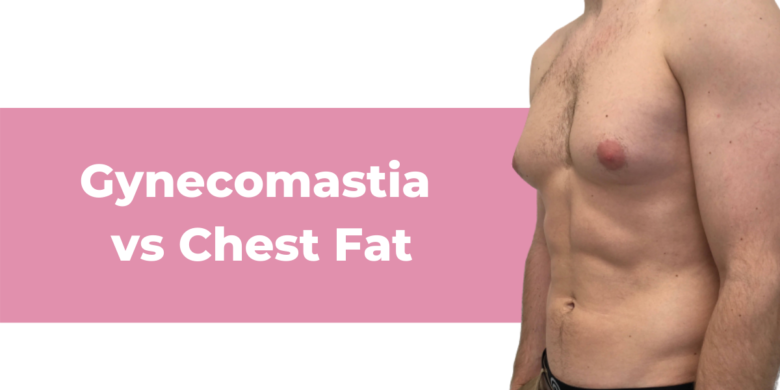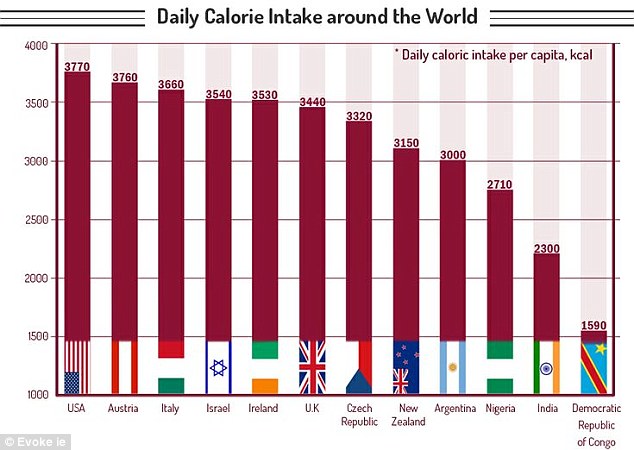
It is essential to evaluate your current situation before you can learn how to lose weight. Separate your current habits into energy in and energy out. Note everything you consume and analyse the patterns. Reduce your food intake, eat slowly and drink more water to increase your non-exercise activity thermogenesis. Then, start a new, healthier eating pattern. Keep a food journal to help you spot patterns and identify them and develop a plan to lose weight.
Plan your week of meals
Plan your week to ensure you are able to start cooking delicious and healthy meals. Create a calendar. It is important to identify which days are most difficult to prepare a healthy dinner. Work out your time constraints. Also, consider any other activities that could interfere with your ability to adhere to a diet. Pencil in time for meal preparation and grocery shopping. Here are some helpful tips to help you plan your meals.

Get rid of processed foods
Eating less processed food has numerous health benefits. The benefits can be more than just weight loss. They can include increased energy, regularity, and overall wellness. Whole foods have many more health benefits than processed foods. Instead of counting calories you should learn how to pronounce the ingredients and avoid processed foods entirely. You'll also be healthier in general. It will also help you lose weight quicker and keep it off for longer.
Increase thermogenesis activity that is not related to exercise
While we often think about exercise when it comes to weight loss, there are many other methods that can boost our metabolism. Non-exercise Activity Thermogenesis, also known as NEAT, is one way to do this. It has many benefits. It is a quick and easy way to increase metabolism and begin losing weight. NEAT will help you burn more fat. You'll lose weight quicker and remain healthy.
Take your time and eat slowly
Slow eating may be a great way to lose weight. It's simple. Slower eating will result in increased hormone release, which makes you feel fuller. Because you'll eat smaller meals, calories will be reduced. You can lose weight by practicing intuitive eating. After you finish eating, drink water and repeat until you feel satisfied.
Beware of food bans
There are certain food groups that are so unhealthy for your health they've been banned and considered no-nos when it comes to weight loss. GMOs are among those foods. Some countries in Europe have even banned GMOs, including France Germany Austria and Greece. Durian, a Southeast Asia fruit, was banned from public transport in Singapore. The U.K. has also banned them. EU regulations prohibit anyone from eating chicken that has been treated with chlorine.

Keep track of your progress
Keep track of your progress to motivate yourself and keep you motivated. Take photos in your bathing costume and weigh yourself once a month. You will soon see the difference in your body and be amazed at how far you have come. You don't have to weigh yourself every day, but you can take monthly photos, provided you don’t count calories. These pictures can serve as a reminder of how far you have come. You can track your weight every four week to see how much you have lost.
FAQ
What foods can I eat to lose weight quicker?
Eating fewer calories can help you lose weight faster. There are two methods to accomplish this.
-
Reduce the amount of calories you consume daily.
-
Increase the number of calories you burn through physical activity.
It is not easy to reduce the calories you consume. Everywhere you turn, there are many calorie-dense fast foods. Here's a list that will help you lose weight.
-
Beans are rich sources of fiber, protein, and other nutrients. They have almost no fat making them an excellent choice for dieters looking to reduce their caloric intake.
-
Oatmeal is low on calories but high in nutrients, such as magnesium or potassium. Oatmeal is lower in sugar than other cereals.
-
Eggs are rich in protein and cholesterol. Consuming eggs at least once a week can increase your metabolism and help you burn more calories.
-
Whole grain bread is known to decrease hunger pangs and make you feel fuller for longer periods of time.
-
Dark chocolate is rich in antioxidants and flavonoids. These substances have been shown to improve heart health and lower blood pressure.
-
Cottage cheese is rich with calcium, which helps build strong bones. Cottage cheese is also high in calcium, which aids in bone strength.
-
Salmon is high in omega-3 fatty oils, which are good for brain development and heart health.
-
Green tea is rich in catechins, compounds which fight cancer and increase metabolism.
-
Broccoli, a rich source of folic acid, is great for lowering homocysteine levels. A higher risk of developing heart disease and stroke is associated with high homocysteine levels.
-
Yogurt is a great way to add probiotics into your diet without loading up on added sugars. Probiotics are essential for digestive health.
-
Berries make a great snack and are very nutritious. There are many great sources of vitamins, minerals in blueberries, strawberries, blackberries and raspberries.
-
Avocados are full of healthy fats. A half avocado has only 80 calories and offers plenty of filling fiber and potassium.
-
Nuts are delicious snacks that also provide a lot of protein. There are many great options for nuts, including cashews and hazelnuts as well as walnuts, pecans, hazelnuts and hazelnuts.
-
Sweet potatoes are another starchy vegetable that's packed with beta carotene, which makes your skin glow. Because they have higher levels of beta carotene, the orange sweet potatoes are more beneficial than regular sweet potatoes.
How often do people fast regularly?
A majority of ketogenic dieters fast one week. But, some people fast twice per week. Others fast three or more times per week.
Each fast has a different length. Some people fast 24 hours, while others fast 48 hours.
Some people even go longer than 72 hours. However, these extreme cases are rare.
Does intermittent fasting affect my sleep?
Yes, intermittent fasting can have an impact on your sleep. Your hunger hormones rise when you skip meals. As a result, you may find yourself waking up at night.
Experts recommend skipping breakfast. They recommend eating a light snack before bed.
You can still eat a small meal if you feel hungry after the snack.
However, you should not overeat. Otherwise, you'll end up gaining weight instead of losing it.
What can I drink during intermittent fasting in the morning?
Drink water before you go to bed at night. This helps you feel fuller quicker and gives you energy for the rest of your day. You can add lemon juice or cucumber slices to enhance the flavor.
Why lose weight when you are 40 years old?
People over 40 should take care of their health and keep fit. It is crucial to find ways that you can stay fit throughout your entire life. This includes regular exercise, eating well, not smoking, and drinking moderate alcohol.
It is also important for us to realize that our bodies will change with age. Our bones start to weaken, and our muscles start to shrink. The best way to slow down the aging process is to take care of ourselves.
As we age, there are many advantages to being healthy and fit. These include:
-
Better sleep
-
Better mood
-
Increased energy levels
-
Lower chance of developing cancer
-
A longer life
-
More independence
-
More sex
-
Better memory
-
Greater concentration
-
Improved circulation
-
Stronger immune system
-
There are fewer aches and pains
What Can You Lose in One Week?
Your body fat percentage determines how much weight you are able to lose. The first thing to do is to calculate how much weight you want to lose and then find out what your BMI (Body Mass Index) is. Your BMI (Body Mass Index) tells you how much weight should be lost to reach your goal. If your BMI is 25 or greater, you're overweight. If your BMI is more than 30, you are obese.
For example, if you weigh 200 pounds, your BMI would be calculated at 28.7. This would mean that you'd have to lose about 70 pounds in order to reach a healthy weight. To see if you're overweight, visit www.healthyminds.com/bmi/.
Once you have your BMI, you are able to use this formula for calculating how many pounds each week you will lose.
(Your Goal Weight - Current Weight)/BMI * 7 Number Of Pounds Lost Per Week
To lose 50 pounds in a month, you would need to exercise for 2 weeks. That's 56 days divided by 7 pounds per day. That's 8.3 pounds per week.
You could also try this calculator from www.weightlosscalculator.net. It will provide an approximate amount of calories that you would need daily to lose one pound per month.
Statistics
- One 6-month study showed that simply doing 11 minutes of strength-based exercises 3 times per week resulted in a 7.4% increase in metabolic rate, on average. (healthline.com)
- According to a study sponsored by the American Council on Exercise, a person weighing around 140 pounds (64 kg) would burn 108 calories at a 30-minute beginner's Pilates class or 168 calories at an advanced class of the same duration (26). (healthline.com)
- A 12-week study in 20 women with obesity found that walking for 50–70 minutes 3 times per week reduced body fat and waist circumference by an average of 1.5% and 1.1 inches (2.8 cm), respectively (healthline.com)
- According to Harvard Health, it's estimated that a 155-pound (70-kg) person burns around 167 calories per 30 minutes of walking at a moderate pace of 4 mph (6.4 km/h) (5). (healthline.com)
External Links
How To
How to Intermittent Fasting
Intermittent eating is a way to lose weight that you only have one day of the week. It's usually Monday through Thursday. This allows you to reduce your calorie intake and still get adequate nutrition. It's believed that this helps burn fat faster than if you were eating normal meals throughout the entire week.
The most popular form of IF is to limit calories to certain days. This means that you would skip breakfast every morning and then consume whatever food you want during the rest of the day. You can also opt to eat three small meals a day instead of two large.
There are many different forms of intermittent fasting, including alternate day fasting, 5/2 fasts, 8/4 fasts, 16/8 fasts, etc. There are pros and con's to every type of intermittent fasting. Alternate-day fasting is the easiest method to get started because it doesn't require any significant lifestyle changes. But, there are some people who find it hard to follow such a strict schedule. These people might prefer to try different methods.
I recommend alternate-day fasting if you're starting an intermittent fasting regimen. This will allow you to gradually transition into more extreme fasting routines without completely changing your lifestyle.